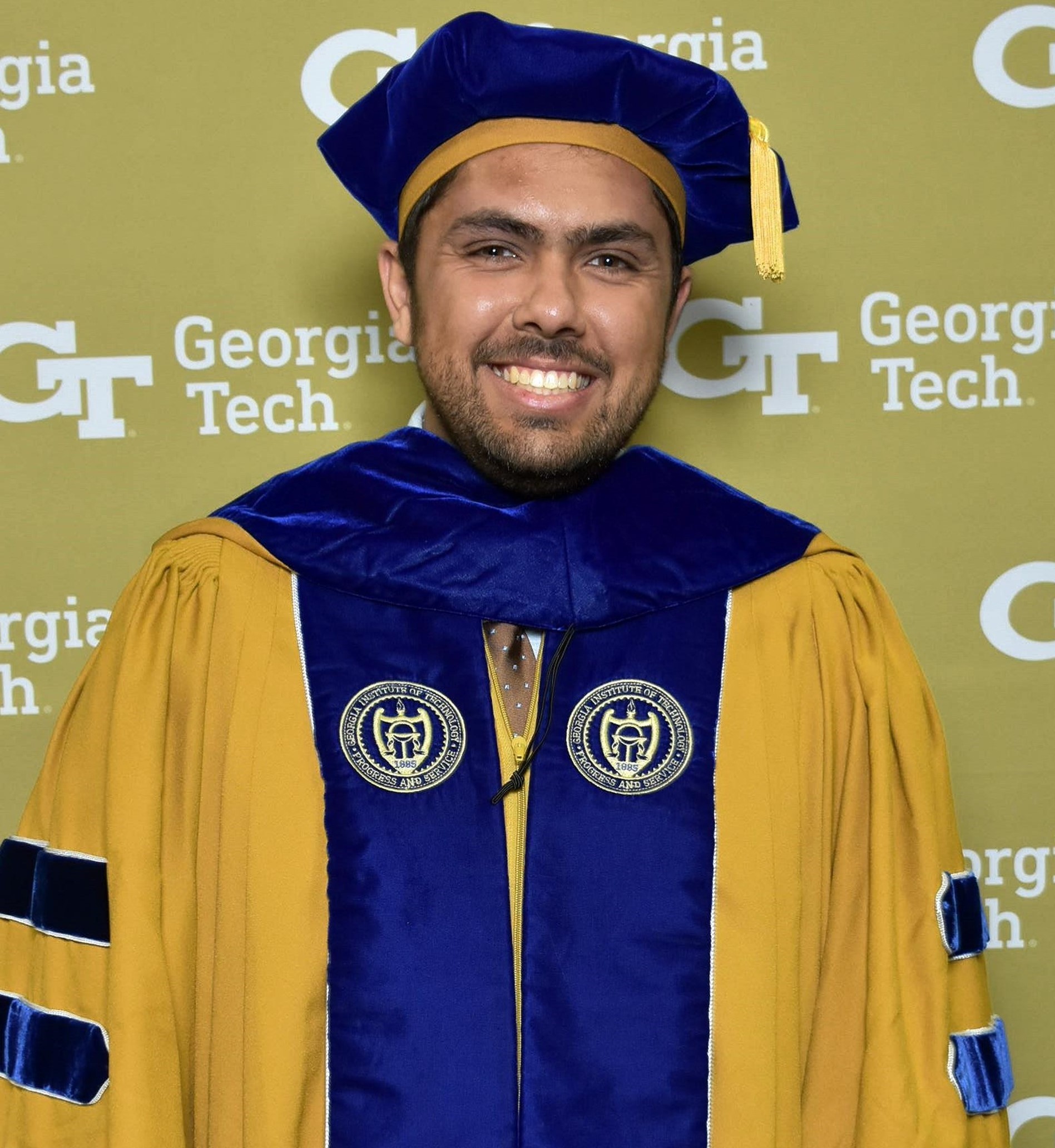About me
I’m a paleoceanography Ph.D. graduate from the School of Earth and Atmospheric Sciences at Georgia Tech. My research uses planktonic foraminiferal geochemistry to reconstruct ocean density and surface winds on glacial timescales. Understanding how the ocean-atmosphere system has changed in the geologic past is vital for projecting how it will respond to anthropogenic forcing.
I tackle this problem with statistical modeling, data science techniques, and machine learning algorithms. I both compile isotope data from existing sources and generate new data from coretop and Last Glacial Maximum sediments.
In my free time, I volunteer with Community Consulting Teams (CCT) Atlanta, a nonprofit focused on providing free consulting to local nonprofits. I have completed two projects with CCT Atlanta, working with Keep North Fulton Beautiful and Community Farmer’s Market.

